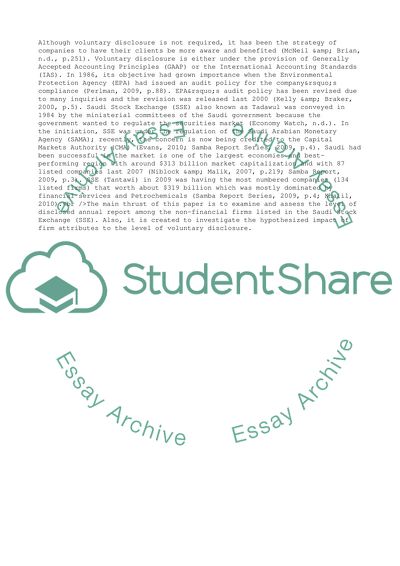Cite this document
(International Accounting Standards in Saudi Nationals Dissertation, n.d.)
International Accounting Standards in Saudi Nationals Dissertation. Retrieved from https://studentshare.org/business/1740268-voluntary-corporate-disclosure-in-the-annual-reports-evidence-from-saudi-listed-firms
International Accounting Standards in Saudi Nationals Dissertation. Retrieved from https://studentshare.org/business/1740268-voluntary-corporate-disclosure-in-the-annual-reports-evidence-from-saudi-listed-firms
(International Accounting Standards in Saudi Nationals Dissertation)
International Accounting Standards in Saudi Nationals Dissertation. https://studentshare.org/business/1740268-voluntary-corporate-disclosure-in-the-annual-reports-evidence-from-saudi-listed-firms.
International Accounting Standards in Saudi Nationals Dissertation. https://studentshare.org/business/1740268-voluntary-corporate-disclosure-in-the-annual-reports-evidence-from-saudi-listed-firms.
“International Accounting Standards in Saudi Nationals Dissertation”, n.d. https://studentshare.org/business/1740268-voluntary-corporate-disclosure-in-the-annual-reports-evidence-from-saudi-listed-firms.


